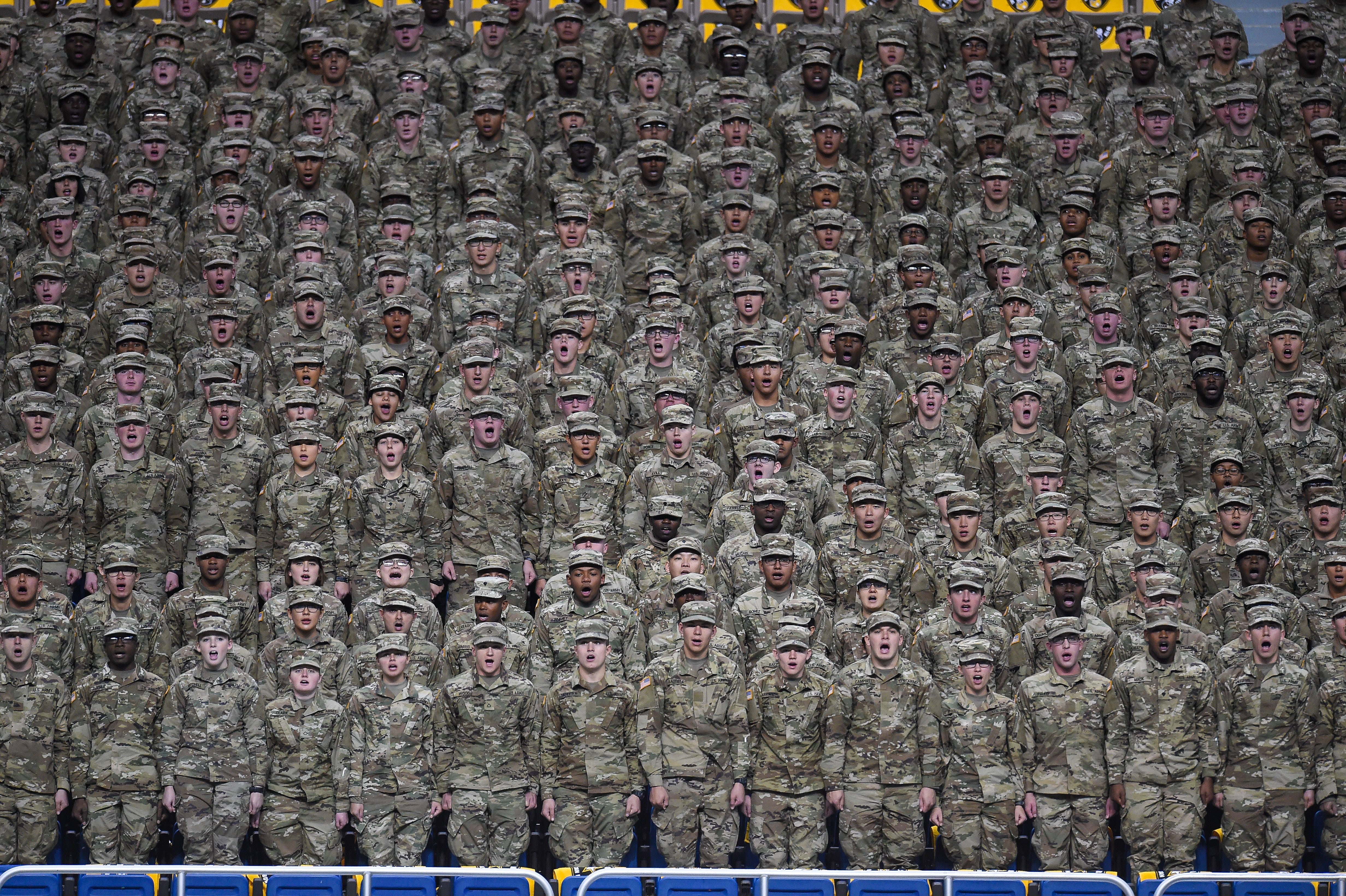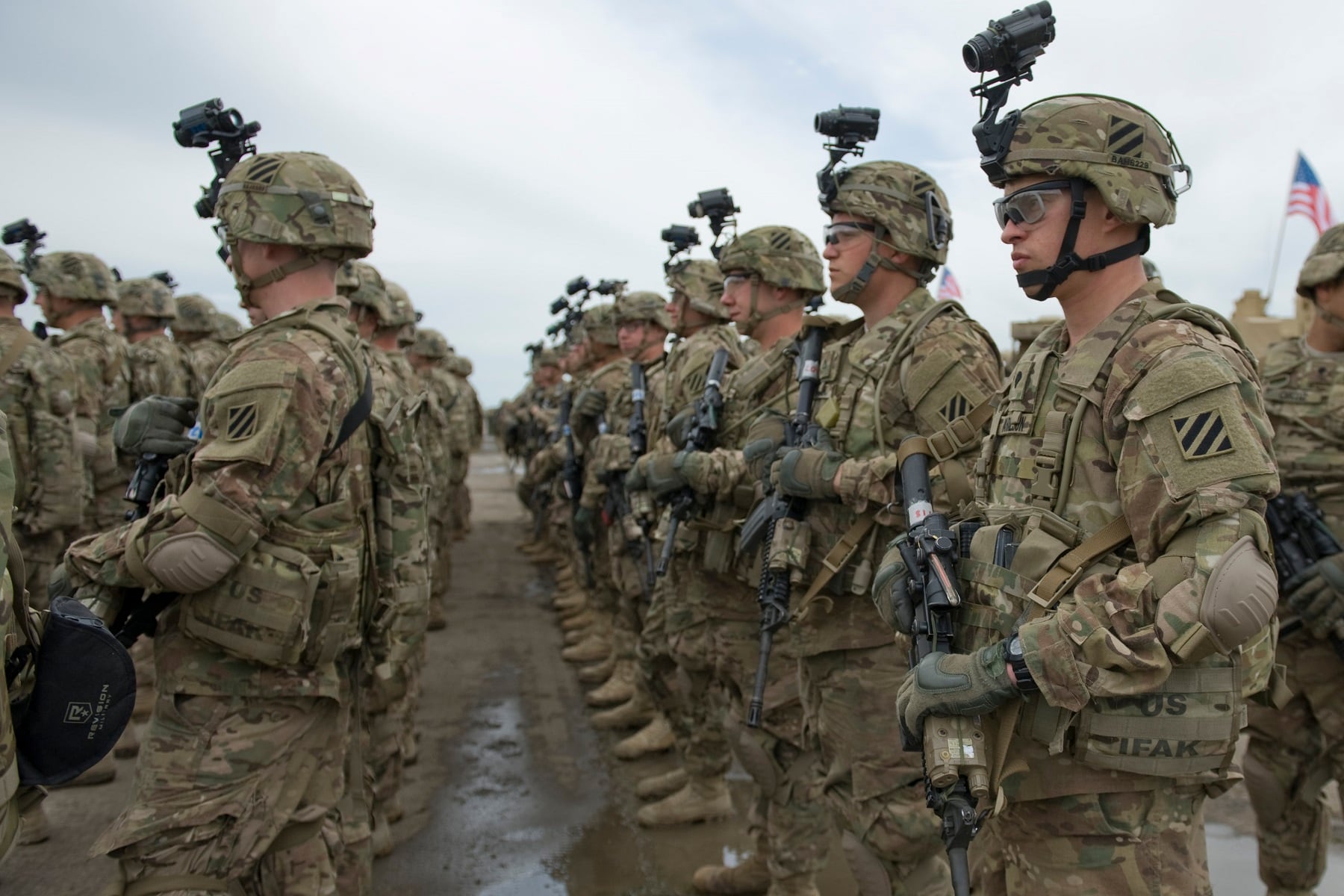According to U.S. Army Recruiting Command, there are 33.4 million Americans ages 17 to 24, the Army’s prime demographic for enlisting and commissioning.
But there’s one hitch: When you whittle that number down for standards, quality and interest? Only about 136,000 are left.
The Army’s accession standards aren’t coming down, so the service must do a better job of conveying to Americans what the Army is and what soldiers do, USAREC Sgt. Maj. Anthony Bowers said Wednesday at the AUSA annual meeting in Washington, D.C.
“In recruiting command, our soldiers who come out and recruit, we tell them to be giving guests. They show the community itself what the Army is all about,” he said. “We dispel a lot of the rumors, a lot of the stigma that is involved with the military.”
That stigma comes from several places. One is that “Generation Z,” as it‘s been dubbed, is much less likely to want to leave home and see the world than others, Bowers said.
“Many of today’s youth are not inclined to want to leave their family and friends,” he said. “Family and friends, they oppose them joining the military service.”
And according to a study, many young Americans see the Army as a last resort, not a top choice for their future.
“It was kind of sad for me to find out, me being a prior soldier, the American public thought of the Army as the lower left-hand quadrant, and [that people join] the Army because they had nothing else to do,” said James Cox of the Army Marketing Research Group.
Generation Z
A large number of people who join the Army do so because they have a family member who serves or served, Bowers said, and they have a more accurate picture of what the military is like.
It has become a family business, Bowers said. And as the number of Americans who serve — about 1 percent — shrinks, so does the number of their family members who might be interested in joining.
That interest is key. Of the 33.4 million target population, only 9.7 million are qualified to join the Army, according to USAREC statistics. Reasons for disqualification include fitness and weight standards, medical issues, misconduct, substance use and mental health.
Then they have to be available to join, i.e. they’re not already enrolled in college. That brings the number down to 5.7 million. And because the Army isn’t looking for just the bare-minimum qualifying recruits, USAREC says only 1.7 million of those young people are of the high quality they want.
Finally, of those 1.7 million, USAREC estimates that just 136,000 young people would even be interested in joining the Army.
The Army managed to get 6,000 more recruits and officer candidates in the door this year than it had originally planned, thanks to big incentives like bonuses and two-year contracts.
RELATED

The Army is also focused on social media outreach, Cox said, through recruiting videos and interaction with potential recruits. But it’s tough to even catch their eye online.
“We have found out we’re dealing with the Generation Z population right now,” he said. “They are, on average, 21 years old, are using five devices, and have an eight-second attention span.”
A high school student’s likelihood of joining increases, Cox said, if they have some face time with a real soldier.
“What we do, when we go into the schools, we try to show them the benefits of joining the Army or the Army Reserve, [that they] still have that ability to go to college,” Bowers added.
The USAREC mission isn’t likely to slow down anytime soon, as the Army is asking to add another 17,000 soldiers to the total force next year.
RELATED

Leadership has not specified how many of those might come from accessions.
Meghann Myers is the Pentagon bureau chief at Military Times. She covers operations, policy, personnel, leadership and other issues affecting service members.




